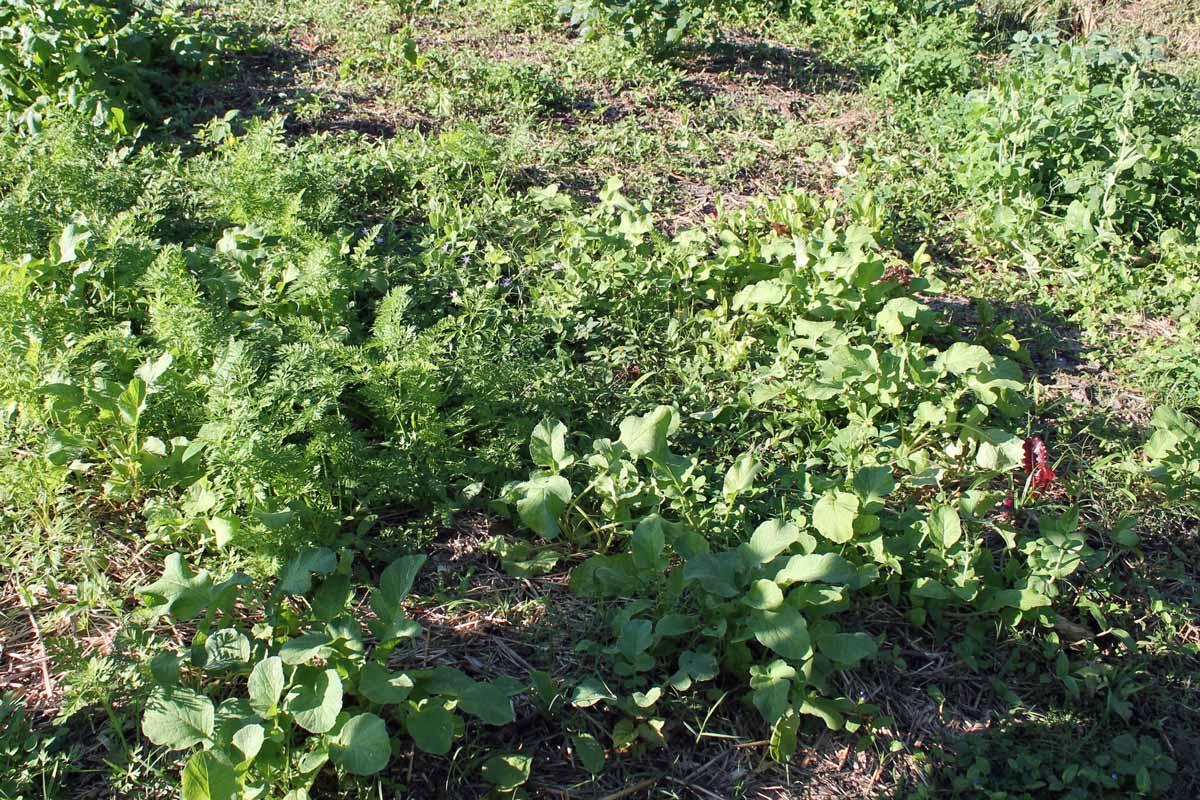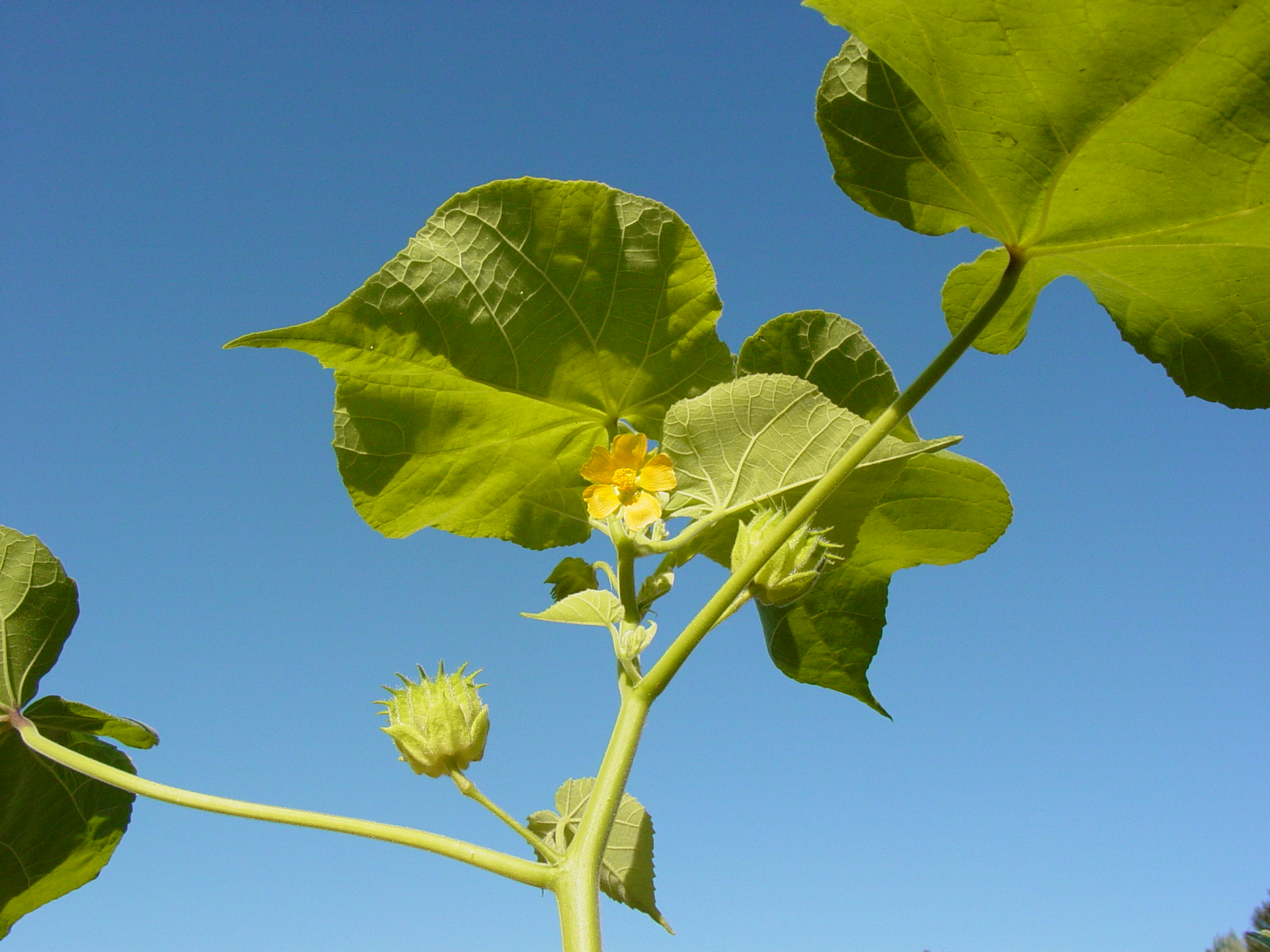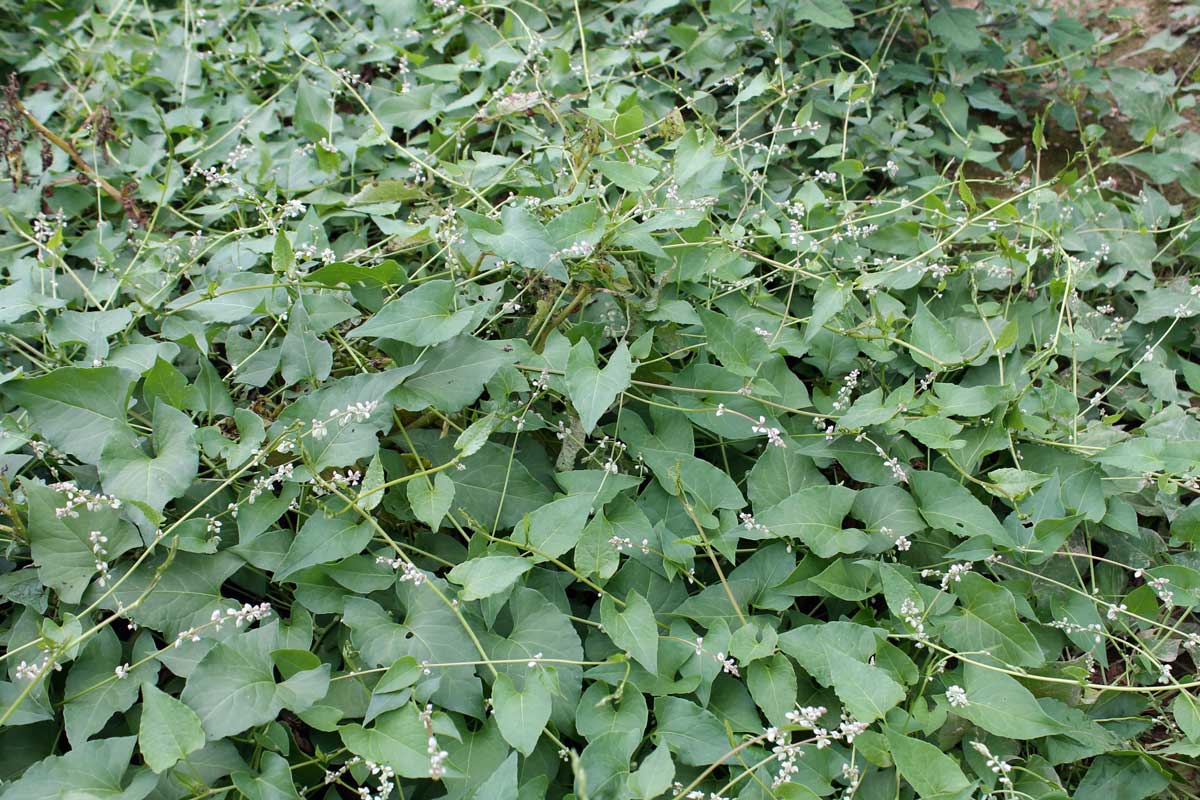Beat the Weeds? Stop the Seeds
The key to getting the upper hand on weeds is stopping the seeds from sprouting. Here's how.
Till or dig new ground, and within days you’re likely to see a blanket of young weeds.
In most cases, those weeds were already there – dormant and buried in seeds in the soil, waiting for the right conditions to sprout. By disturbing the soil, some of the sleeping seeds are stirred closer to the surface, where brighter light and warmer temperatures induce them to life.

Dormant, buried weed seeds can quickly blanket a newly dug garden. Photo by George Weigel
Seeds’ ability to live for years in the soil is a basic survival trait. Think of it as a sort of "bank" in which plants make deposits for a future time when that storehouse might be crucial to keeping the species alive.
Otherwise, if plants sprouted all of their seeds in one year and a catastrophic event came along – flood, drought, disease, bug attack, hungry animals, to name a few – then the colony could be wiped out.
Some species have the good survival sense to stagger their germination times. Poison hemlock and common cocklebur are two examples of weeds whose seeds sprout at different rates even under the same conditions. That gives these plants the widest latitude to find ideal-growth periods that ensure the species will live on.
Seeds get buried in a variety of ways, including being tilled in by gardeners, "planted" by burrowing earthworms, and covered by leaves and other decaying organic matter.

Velvetleaf is a weed that can germinate even when buried two inches deep. Photo by Richard Old | XID Services.
Seed depth in the soil is a main factor that determines when (or if) a seed will sprout.
Temperatures cool, light dwindles, and oxygen levels drop as seeds go deeper in the soil.
Species vary in how much of those three “ingredients” are needed before they’ll sprout. Velvetleaf seeds, for example, can sprout even within two or three inches of the surface. However, galinsoga seeds sprout best at the soil surface and will soon die if buried.
The seeds themselves also play a key role. In particular, seeds with thick or hard coats tend to live the longest. These robust coats not only are harder to penetrate, but researchers believe they also hide scents that make the seed attractive to underground predators.
A third factor is more subtle: what else is around the buried weed seed.
Some species are able to out-compete others by emitting natural chemicals that discourage the germination of seeds. Black walnut is a famous example of a tree with these "allelopathic" abilities, while rye, sorghum, and wheat are crops that suppress some weed germination in farm fields.

Bindweed seed can survive 50 or more years buried in the soil. (Photo by George Weigel)
How long a seed can survive buried in the soil varies from a year or two up to centuries.
In one of the best-known studies, Michigan State University botany professor William Beal in 1879 stored more than 20 different kinds of weed seeds in 20 sand-filled bottles, then buried them three feet deep.
He and his successors dug up the bottles at intervals over the decades and found that even 130 years later, some weed seeds were still viable.
In other experiments and observations, weed scientists have found that grassy weeds in general tend to be shorter-lived than broad-leafed weeds and that most weed species go downhill fastest in the first year underground, then slow in their decline.
Crabgrass, brome grass, quackgrass, horseweed, kochia, groundsel, Queen Anne’s lace, Russian thistle (tumbleweed), and wild onion/garlic are among weeds at the short end of the survival stick. Most of those peter out in one to three years.
Garlic mustard, chickweed, dandelions, Pennsylvania smartweed, Palmer amaranth, giant hogweed, and annual bluegrass are examples of mid-range survivors, usually staying viable for up to 10 years buried in the soil.
Purslane, yellow nutsedge, goatsrue, barnyardgrass, velvetgrass, and curly dock live longer still in dormant-seed form, going on average 10 to 20 years.
And then there are the longevity champions. Weeds that can survive underground two decades or more include pigweed, ragweed, lambsquarters, velvetleaf, yellow sweetclover, morning glory, Canada thistle, and field bindweed.
Moth mullein, a biennial with white-blooming wiry flower stems, won Dr. Beal’s experiment with seeds of it sprouting 130 years later.
Mustard seeds excavated from a monastery in Denmark sprouted after 600 years underground, while scientists once found lotus seeds in Manchuria that sprouted after 1,000 years.
The good news for gardeners is that no seed lasts forever. Some seeds rot in low-oxygen, high-moisture conditions, some die with the passage of time, and an estimated 50 percent of it ends up eaten by various critters (mice, worms, soil-dwelling insects, etc.).
For the rest, what can gardeners do about hidden weed seeds in their soil? Taking these steps during the growing season can make a big dent in the seed bank within several years:
When used as directed, Preen Extended Control Weed Preventer creates an invisible barrier that prevents listed weeds from germinating for up to six months per application.